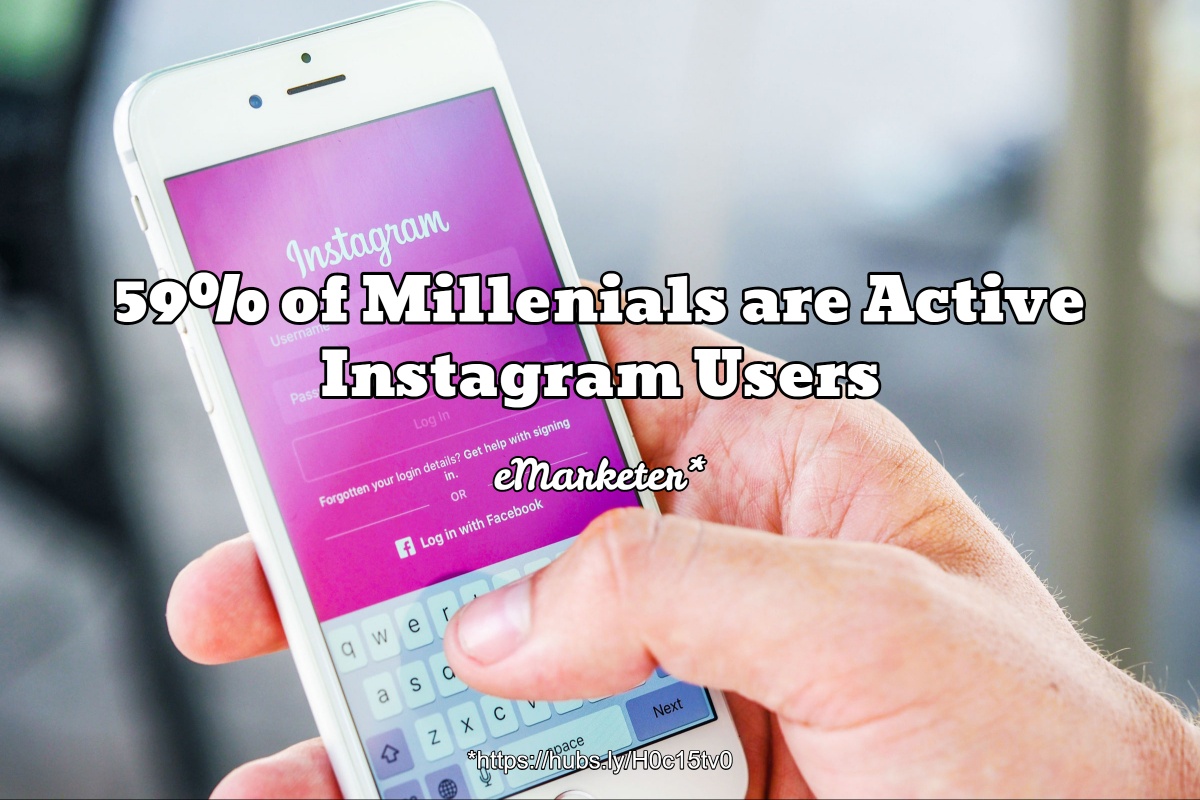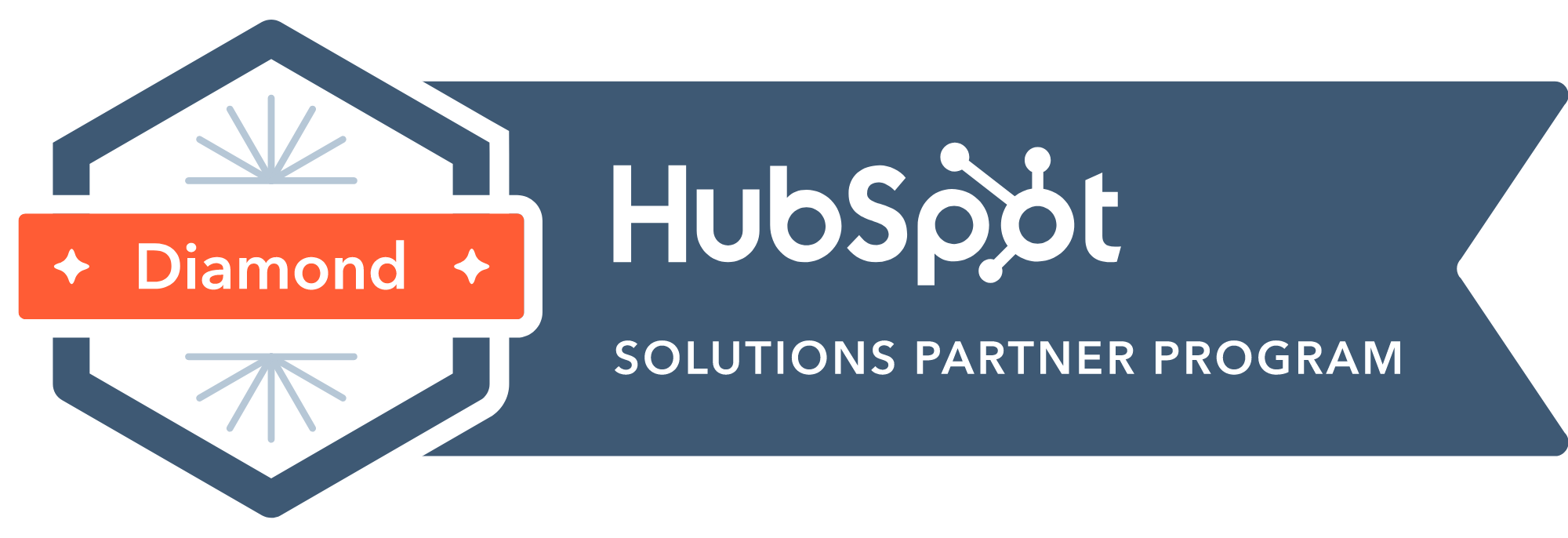The paid advertising landscape is always changing especially for the addiction treatment industry.
Each advertising platform has its own advantages and pitfalls.
We'll figure out what they are, so you can take advantage of the most effective features for each of them.
But the most successful advertising campaigns are created before you enable your very first ad. If you didn't think that Sun Tzu had a lot to say about addiction treatment marketing, well, you'd be right. But he did say this and it's absolutely true when it comes to your paid advertising strategy:

That means you need to deeply understand who are you are advertising to, your buyer persona, and be able to write compelling ads and develop landing pages that convert.
Here's why: most large advertising networks consider and reward advertisers who get higher rates of engagement than others.
The difference in the cost per click and ultimately the cost for a new patient is eye opening. Wordstream found that rehabs are the 11th most expensive keyword in AdWords averaging $46.14 per click in 2017, and that's just the average. I've worked on accounts where some clicks are easily in the $100s of dollars.
Shaving off 10, 20, 30% or more per qualified click is the difference between reliably increasing your census or running your advertising budget into the ground.
Alright, let's roll up our sleeves and figure out how to best use the most common advertising platforms for addiction treatment providers.
Google Ads
Google's ad platform has been an important part of many addiction treatment centers' lead generation efforts until it all came crashing to a halt. In 2018, Google announced that they would be severely restricting the addiction treatment industry's access to Adwords.
Google has since reinstated access to Adwords but not without jumping through a few hoops that cost thousands of dollars.
This isn't to say that there weren't advertisers that were showing ads during this period and since. Wordstream found that there were still some long-tail keywords and certain parts of the ad network that were continuing to serve ads.
Don't ask me how, but I have an outpatient addiction treatment client that saw zero downturn in impressions, clicks, and leads from AdWords while Google restricted access.
Addiction treatment providers are also unable to run remarketing campaigns on AdWords. Remarketing, or retargeting, is where an ad network tracks someone who has visited your site or otherwise interacted with your brand and then continues to show them ads, usually display ads. We'll get more into this later with other ad networks that allow you to do this.
The moral of the story is that AdWords just like anything is fraught with challenges not just in getting profitable ads but also in complying with their regulations and, heck, even being able to advertise on their network to begin with.
If you're still successfully managing ads for your rehab or outpatient treatment center on AdWords, kudos, but it's smart to invest in other ad networks or lead generation tactics as well. You never know what might happen next.
As noted, I'm still successfully managing ad campaigns on AdWords. It has also been a tough channel because it's outrageously competitive but it can still be outrageously profitable just the same. Knowing who your buyer persona is so that you can winnow down to the best keywords with the most compelling messaging is key to a campaign that increases your census sustainably.
Top 5 Tips for Running a Success AdWords Campaign
1. Geo targeting is key. Know where your patients are coming from and only serve ads in that area.
2. Use negative keywords. Negative keywords are phrases that you can use to prevent AdWords from triggering your ad. If you're a luxury rehab bidding on "addiction treatment" someone could see your ad when they search for [free addiction treatment]. If you add "free" as a negative keyword they would not.
3. Skip the website. Many small and medium-sized detoxes, rehabs, and outpatient addiction treatment facilities have lousy websites, sigh. A short cut here is to use call only ads that will show on tablets and mobiles phone. The person who sees the ad is just one click away from calling you.
4. Restrict when ads run and use day parting to adjust bids at certain times. Remember #3? Call only ads are most effective when there is someone to pick up at your end of the line. If you have someone available 24/7, look at the data from your campaigns. You might find that there are certain hours where people are calling looking for immediate admission. Bid like crazy there to get these people into your care.
5. Track conversions. If you're spending big bucks per click on AdWords, hopefully you're already measuring who becomes and lead and who isn't. If not, this should be your next step in AdWords.
Facebook Ads
There are a lot of advantages to Facebook for addiction treatment providers.
Short and sweet:
- You can retarget
- You can target your buyer persona
- Cross device tracking
Facebook Retargeting
Unlike AdWords, addiction treatment providers can retarget users with Facebook ads. As you might imagine, people who are already familiar with the addiction services that you offer, are more likely to convert into a lead or a patient than showing a cold prospect an ad. If you already get a fair amount of traffic to your Facebook page or website, great.
If not, create an audience to retarget!
Here's how.
Record a video. It doesn't need to be world class, but it does need to be engaging. Now run an ad campaign to your buyer persona using the video. Don't fine tune your audience too much though; you want to cast a wide net.
Now you can retarget to anyone who watched it, but take a look at the numbers and run a campaign retargeting the most engaged viewers.
Targeting Your Buyer Persona
On a search engine ad network like AdWords, you can target people based upon intent. If someone searches for "rehab admission now," hey, they are looking to become a patient at a rehab regardless of whether they are 15 or 105, man or woman, black or white, rich or poor. One a social network, we don't understand intent as much but we can target your buyer persona in detail.
Do unemployed single moms in their 20s have unique questions and needs when it comes to treatment?
Sure do.
How about business executives? Them too.
Or middle aged "functional" alcoholics? Better believe it.
There's no limit to the number of buyer personas that you can have, but it's good to start small just to keep things manageable.
Let's say that one of your first buyer personas is the unemployed single mom in her 20s.
Think about the patients that you do have or have had that meet these criteria and brainstorm the most compelling ads. Here are some themes that might appeal to this buyer persona:
- Getting more visitation with their child or not losing their child
- Referencing co occurring mental health disorders, like anxiety and depression, that are more likely to occur in women
- Encouraging them to seek treatment though they have relapsed, which is more frequent in women than men
There are other factors in your buyer persona that would effect the most compelling messaging such as their socioeconomic status, race, religion or lack thereof, and when they live in a small town or big city to name a few.
Awesome, now you're taking advantage of Facebook's audience targeting!
Cross Device Tracking
Before your eyes glaze over in a sea of marketing jargon, stay with me. Ad networks are getting better at this at a rapid pace, but many still rely on cookies.
The trouble is with a considered purchase like addiction treatment, your future patient is using multiple devices, clearing their cookies, and otherwise making it challenging to connect the dots of when and how they were on your website.
Google relies on cookies but also has a pretty vast network of apps that use it's single sign on (have you ever logged in to an app by clicking on the log in with Google button?) technology, Chrome, and the Android operating system to keep tabs on where people are going online.
As they say, if you aren't paying for it, you're not the customer, you're the product!
Facebook also uses their single sign on network of applications, their other web properties like Instagram, and the apps that go along with their social networks. Speaking of Instagram, if you're treatment center is targeting Millenials, let this sink in:

To make a long story short, Facebook is really good at understanding how people go from initially connecting with you to become your patient cookie or no cookie. You can make better marketing decisions with the fuller picture that Facebook often paints.
Bing Ads
Poor Bing.
While people use Google as a synonym for search, we often forget about Bing. To be honest, there are problems with running ads on Bing. It's not as popular, so the potential traffic and number of leads is smaller. The ad platform is getting better, but it pales in comparison to the flexibility and tools that AdWords provides.
That said, Bing is no lightweight. It powers Yahoo!, Siri, and Amazon search. As you might imagine a third of PC searches are using Bing.
And at the end of the day, addiction marketers can advertise on Bing, which is more than you can say for AdWords half of the time!
Similar best practices apply to Bing as they do to AdWords. As a search network, your campaigns are keyword focused and the tips that I outlined for AdWords are best practices for Bing as well.
Other Ad Networks
If we learned anything from Google's swift and severe changes affecting the addiction treatment industry, putting all of your eggs in one basket can be disastrous.
Here are two other types of ad networks to look at to diversity your ad spend:
Native advertising: Maybe you've heard of Outbrain or Taboola.
If not, you surely have seen them. You know those links to other content that you sometimes see at the bottom of a blog post, but they are for other websites?
That's what ad networks like these do. If you've got some stellar content, you can try a small ad buy and see if native advertising has legs for you.
Programmatic, demand side platforms, etc.: These mean different things and I'm taking a heretic shortcut by lumping them altogether (so sue me). Real time bidding and other advertising technologies have raised a new crop of ad platforms like centro, MediaMath, and choozle.
A Paid Advertising Strategy
Where do you go from here?
Well, I'm literally "writing the book" on how to create and manage paid advertising campaigns using the inbound methodology. I'm a little embarrassed, but so long as you don't hold typos and grammar mistakes against, you can get early access to a chapter in the forthcoming book.
Download it, read it, and if you have a minute, drop me a line at ben@noboundsdigital.com to let me know what you think, what questions you have, and so on. I'd love to get your feedback and address your questions in the final book.







